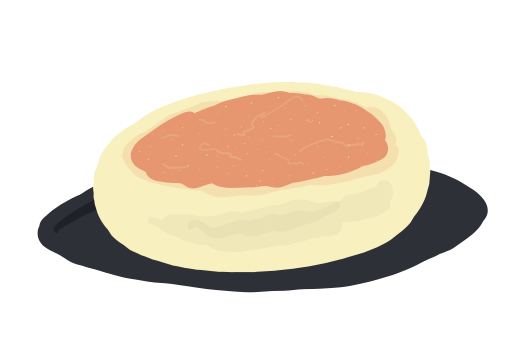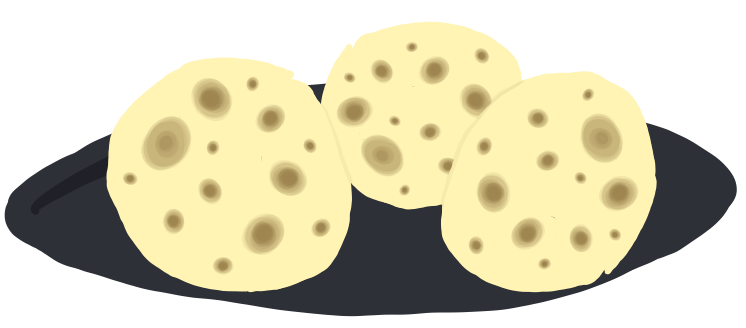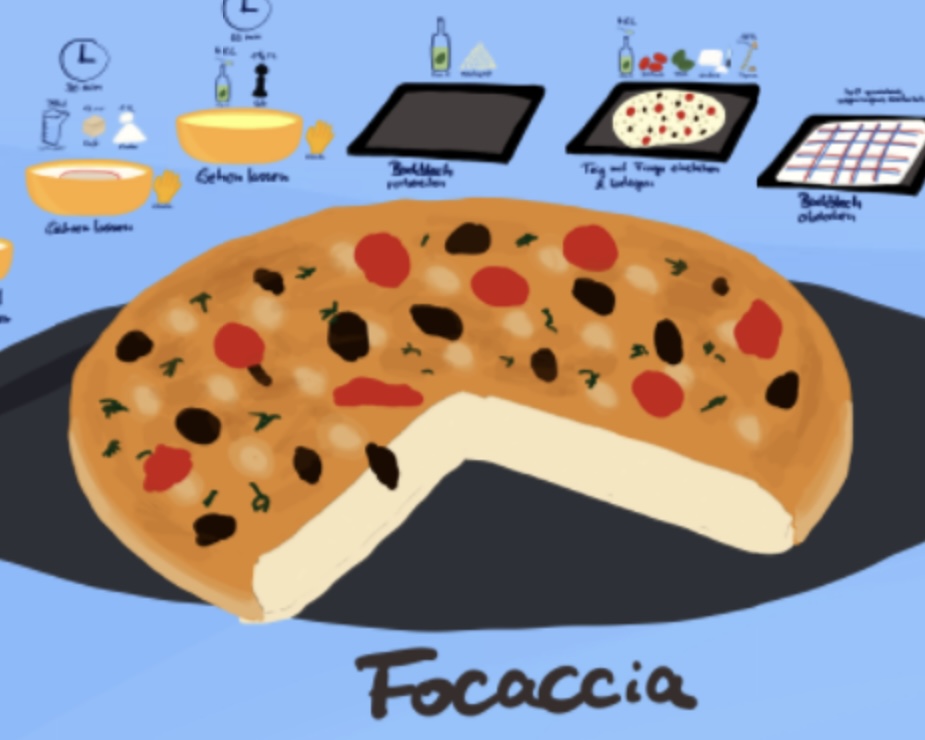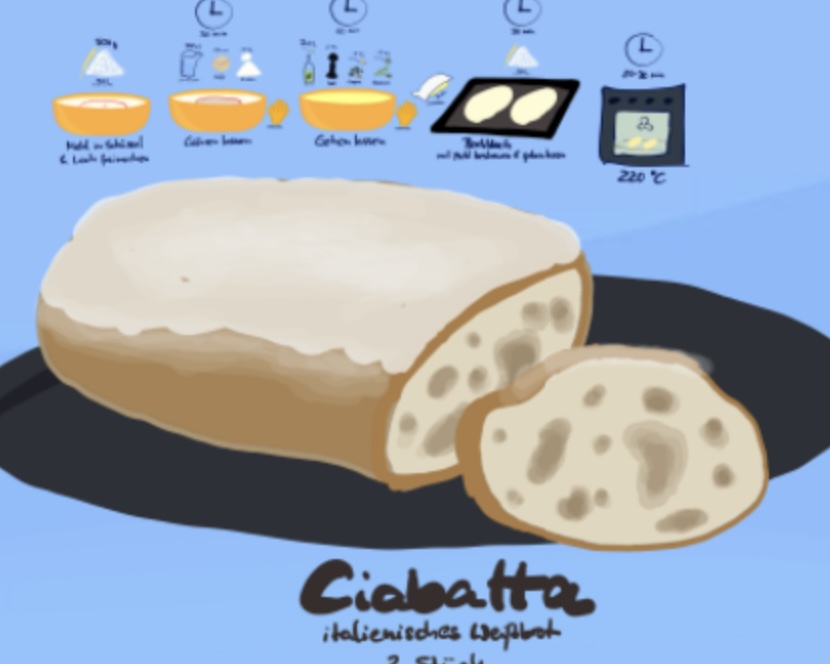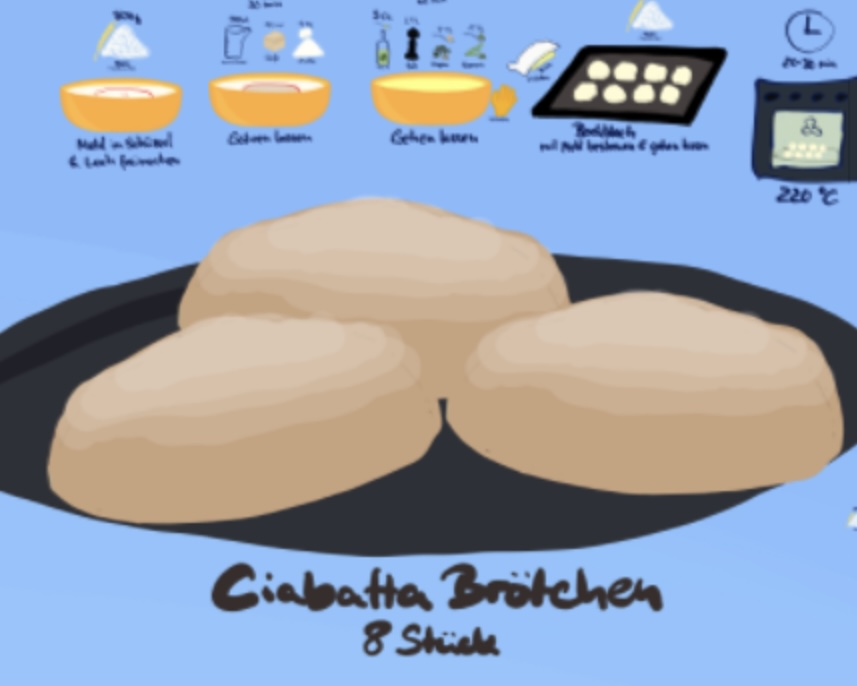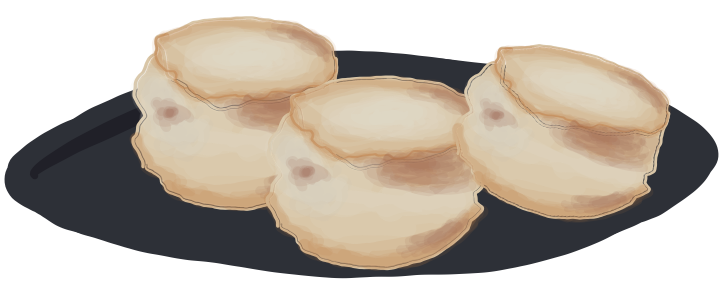Soft Pita Bread Recipe
Soft and pocketed, perfect for stuffing or dipping in hummus.Instructions: Tap the Map & Cook Along 👇
Pita Bread: The Pocket of Possibilities
In the diverse world of bread, where each variety tells a story of culture and culinary tradition, pita bread holds a special place. Known for its distinctive pocket, pita is more than just bread; it's a versatile staple in many cuisines, particularly in the Middle East and the Mediterranean. Whether it’s scooping up hummus, wrapping kebabs, or simply serving as a fresh companion to a hearty meal, pita bread offers a combination of simplicity and utility that few other breads can match. Let’s explore the delightful world of pita bread and discover why this ancient favorite continues to captivate food lovers everywhere.
The Origins of Pita Bread
Pita bread, with roots that trace back to the Middle East thousands of years ago, is one of the oldest types of bread. Archaeologists have found evidence of its preparation dating back to 14,500 years in the Jordanian desert, making it a testament to the ingenuity of ancient bakers. Traditionally, pita is made with basic ingredients—flour, water, yeast, and salt—reflecting the simplicity of its origins.
How Pita Bread Is Made
The magic of pita bread lies in its baking technique. The dough is rolled into flat rounds and quickly baked at a high temperature. The high heat causes the dough to puff up dramatically, leaving a pocket in the center once it cools. This pocket is perhaps pita’s most distinctive feature, making it ideal for filling with all manner of ingredients. Achieving the perfect puff requires precise humidity, temperature, and timing, making the baking of pita bread as much an art as it is a science.
Culinary Versatility
Pita bread's versatility makes it a beloved choice in various culinary traditions. It can be used in countless ways:
- As a scoop for dips: Pita bread is perfect for scooping up rich and creamy dips like baba ganoush, tzatziki, or the ever-popular hummus.
- As a wrap: Stuffed with a variety of fillings from grilled meats to fresh vegetables, pita serves as an excellent wrap.
- As a base for pizzas: A quick and easy base for personal pizzas, pita bread provides a crisp crust when toasted.
- As chips: Cut into triangles and toasted, pita bread makes for delicious, crunchy chips that are perfect for dipping or snacking.
Nutritional Value
Pita bread is not only tasty but also offers nutritional benefits. It’s generally low in fat and calories and can be a good source of fiber, especially when made from whole grains. Additionally, pita is more than just a carbohydrate; it provides a moderate amount of protein and can be enriched with vitamins and minerals if made with fortified flour.
Cultural Significance
In many cultures, pita bread is not just food; it represents hospitality and communion. In Middle Eastern countries, breaking bread with someone is a sign of trust and friendship. Pita bread is often at the center of this tradition, gracing tables at just about every meal and serving as a reminder of the region's rich history and tradition of bread making.
Conclusion
Pita bread’s enduring popularity is a testament to its simplicity, taste, and versatility. Whether you are opening it up to make a sandwich, tearing it to dip into sauces, or toasting it for a crunchy snack, pita bread offers endless culinary possibilities. As we explore the wide array of uses for this ancient bread, we not only enjoy its delicious flavors but also connect with a piece of human history, experiencing a tradition that has been passed down through generations around the globe. In every pocket of pita, there lies a world of potential, ready to be explored and savored.
